Alan Moore's Lost Girls
By Geoff Hoppe
March 12, 2008 - 20:36
Top Shelf Productions
Writer(s): Alan Moore
Penciller(s): Melinda Gebbie
ISBN: 1603090444
320 pages
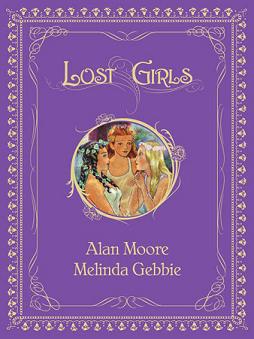 |
THE OBLIGATORY WARNING: ridiculously graphic depictions of every kind of sex imaginable. Rape. Incest. Bestiality. A sole disembowelment.
| Author Alan Moore. Notice how you never see him and Santa together... |
There is one thing Alan Moore gets right, though. He’s had historic foresight in jam-packing one volume with all his personal ideas regarding sex. You see, back in antiquity/the middle ages/the Renaissance, authors and poets selfishly waited until they died, then expected other people to provide an apotheosis for them. The shame! The temerity! Blessed be, then, that Alan Moore has thought to inform his public why he’s more sagacious than they with properly pedantic polemics. Now I don’t have to wait for him to die before I understand the myriad ways his vast storehouse of wisdom enriches my feeble mind.
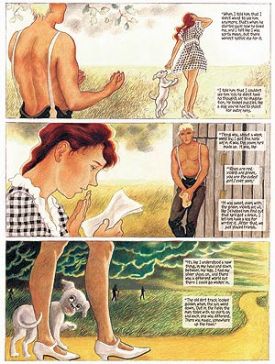 |
| Why does Toto look like an idiot? |
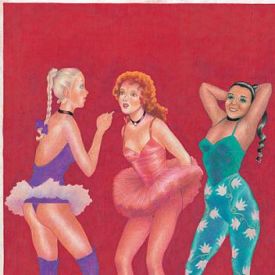 |
| Nothing says "sexual equality" like a pretty pretty princess dress-up party. |
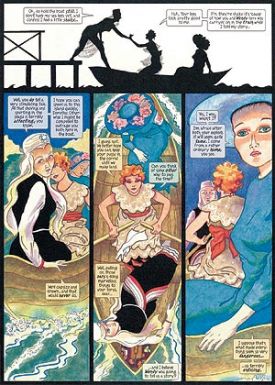 |
| Dorothy, Alice and Wendy on their way to perk up the crew of the USS Nimitz. |
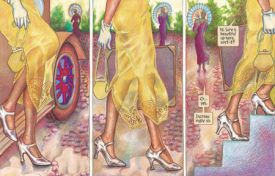 |
| Cue the muted trombones. |
Alan Moore’s ability to write exceptionally well is beyond argument. You can hate every word he writes…but just try and stop reading. It’s not easy. Yet, he’s repeatedly misapplied himself, attacking everything from heroism (Watchmen), to Britain itself (the muted postcolonial rantings of League of Extraordinary Gentlemen), and now chastity. Alan Moore’s career is a walking compression of Yeats’ caveat from “The Second Coming:” the best writer of his generation, full of both conviction and passionate intensity, becomes, by his own ignorance, the worst thing to happen to comics since Frederic Wertham.
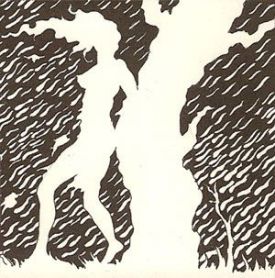 |
| It's a lousy night in a lousy part of Austria...crap, wrong comic. |
Melinda Gebbie, likewise, proves herself beyond capable. Looking at her ethereal images, one (desperately) hopes she’ll someday adapt the works of Samuel Taylor Coleridge. The colors of Lost Girls, ridiculously lush and beautiful, are perhaps the book’s best feature. They, too, conjure up the art of the early 20th century, and every few pages, the reader feels they’ve stumbled into Matisse’s Luxe, Calme, et Volupte, or an Andre Derain landscape. This is all to say she knows her sh*t.
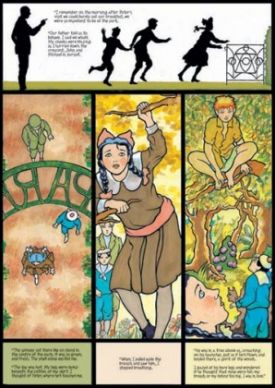 |
| Wendy meets Peter. This is the last time you'll see her clothed for awhile. |
See sin in state, majestically drunk,
Proud as a peeress, prouder as a Punk;
Chaste to her husband, frank to all beside,
A teeming mistress, but a barren bride.
Worth the money? Since Lost Girls costs $75, the answer would be doubtful even if I liked it. Besides, 75 bucks will buy a lot of Hagrid-on-Dolores Umbridge ship-fic…
Related Articles:
The Binquirer, August 1: Waid and Yu on Hulk, Wes Craven's Coming of Rage, Alan Moore's Unearthing, and much more!
The Alan Moore Superman
Alan Moore's Light of Thy Countenance
Top Shelf Springs Alan Moore
The Mindscape of Alan Moore DVD - Essay Writing Competition
Moore Moments - A Reader Shares His Feeling About Discovering Alan Moore
Alan Moore on DVD
Alan Moore's Lost Girls
DC Prints Alan Moore Collection
Warcraft Soars; Alan Moore Needs a Nap
